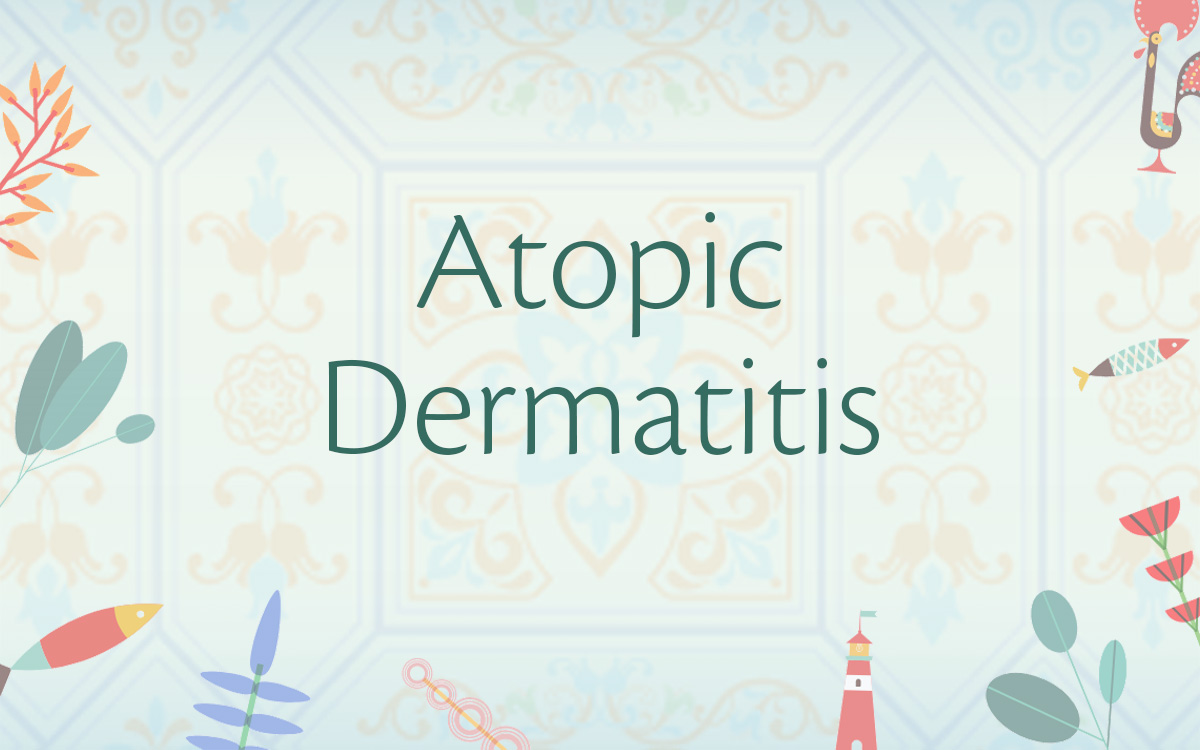Atopic dermatitis (AD) is one of the most common skin diseases which affects up to 20% of children and 2-10% of adults in most countries of the world and follows a chronic and relapsing course. Although the pathogenesis of AD is not completely understood, it is thought to result from a complex interplay between the disruption of deficient skin barrier function, immune dysfunction, abnormal microbial skin colonisation, environmental factors and strong psychosomatic influence.
Atopic dermatitis comes with several complications and comorbidities. For instance, there is a higher rate of viral and bacterial infections in moderate to severe AD patients compared to healthy subjects. In addition, patients with AD have an increased risk of developing anxiety and depression, and this risk increases with disease severity. The risk of suicidal ideation is twice as high in patients with moderate to severe AD compared to the general population. Patients with AD are also at risk for other atopic comorbidities, such as allergic rhinitis, asthma, conjunctivitis, food allergy, eosinophilic esophagitis and chronic rhinosinusitis. Multidisciplinary care of patients with AD is therefore essential due to the high complexity of the disease. Treatment of AD should always be adapted to its severity, and the primary goals are to improve the barrier function, suppress inflammation and control microbial colonisation.
Patient educational interventions can help patients and their families to better understand their disease and cope with treatment in order to maintain or even improve quality of life and treatment adherence.
Basic therapy for AD includes treatment of disturbed skin barrier function (emollient therapy) and avoidance of clinically relevant allergens and irritants. Treatment options for mild AD present reactive anti-inflammatory treatment (topical corticosteroid, topical calcieneurin inhibitors), antiseptics and topical crisaborole.
Moderate AD can be managed with proactive anti-inflammatory treatment (topical tacrolimus or class II or class III topical corticosteroids), wet wrap treatment with diluted topical corticosteroids, phototherapy (UVB 311 nm, medium dose UVA1), psychosomatic counseling and climate therapy.
It is important to note that, severe AD can be treated with systemic immunosuppression, with the use of cyclosporine A, dupilumab, glucocorticoids, methotrexate, azathioprine, mycophenolate mofetil, PUVA and alitretinoin.
Many other biologics are currently being tested in phase 2 and phase 3 trials and may become available in the following years.
Sessions speakers
- Marjolein de Bruin-Weller – Utrecht, Netherlands
- Mette Deleuran – Aarhus, Denmark
- Pedro Mendes-Bastos – Lisbon, Portugal
- Nives Pustisek – Zagreb, Croatia


